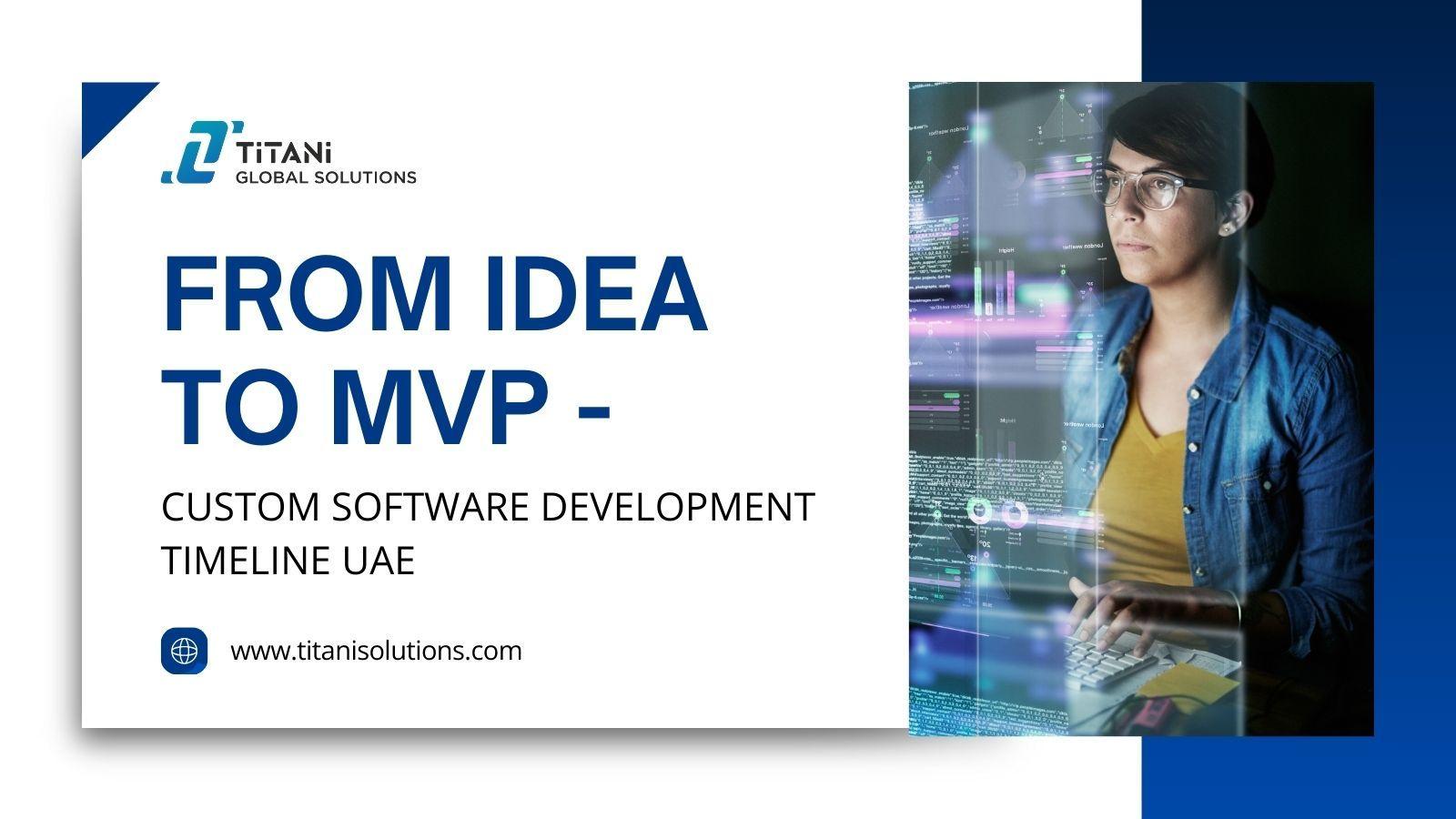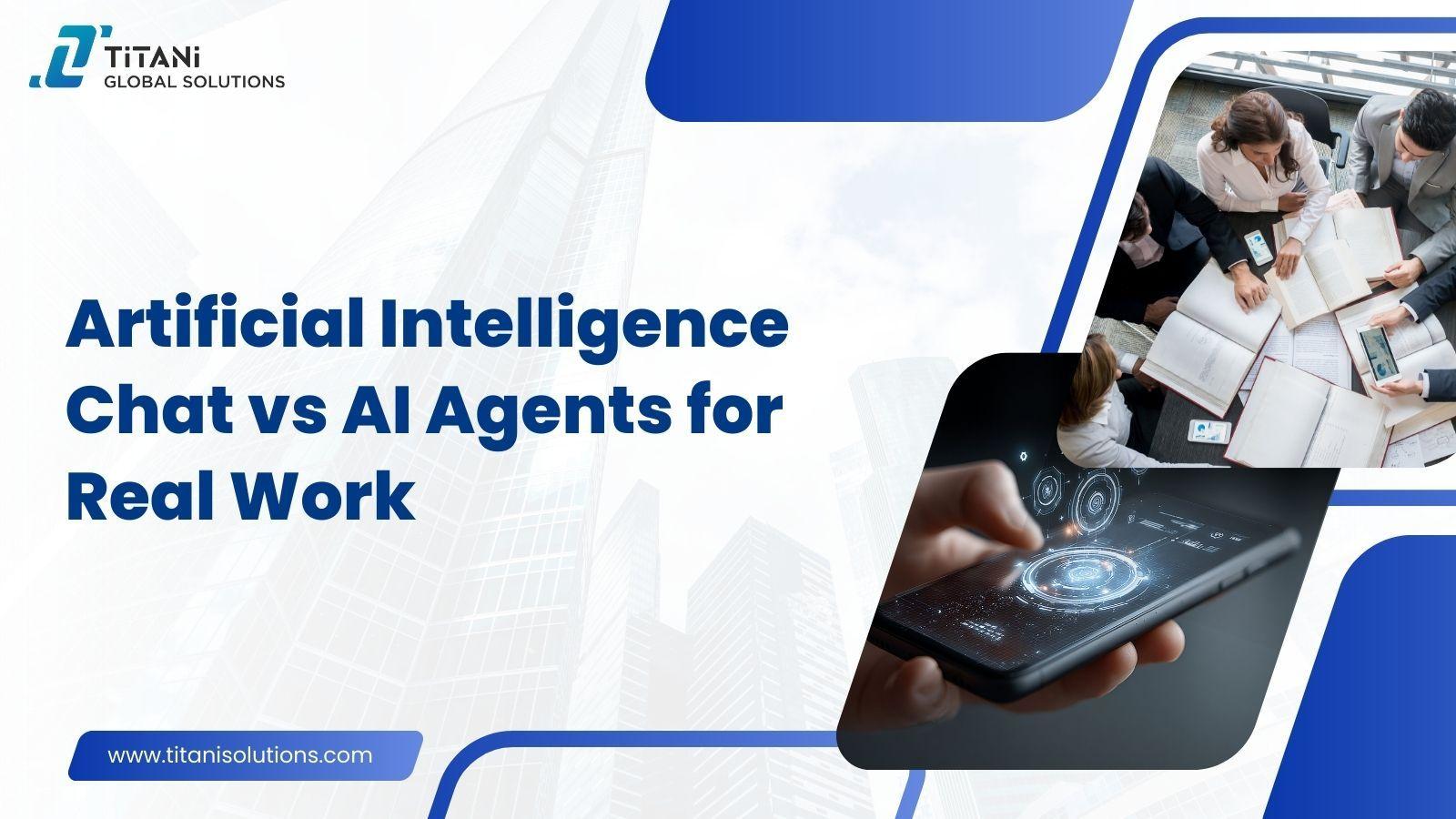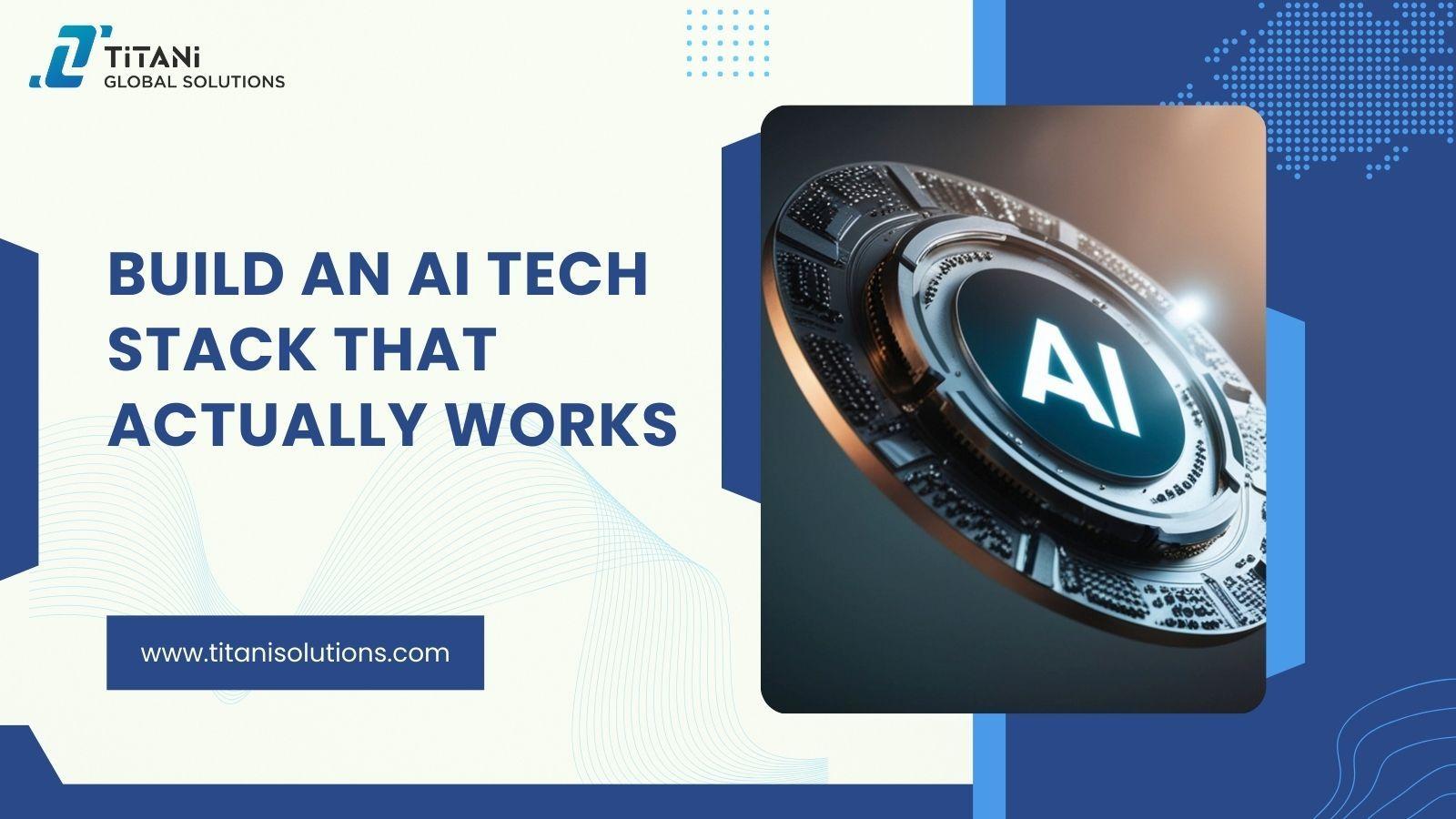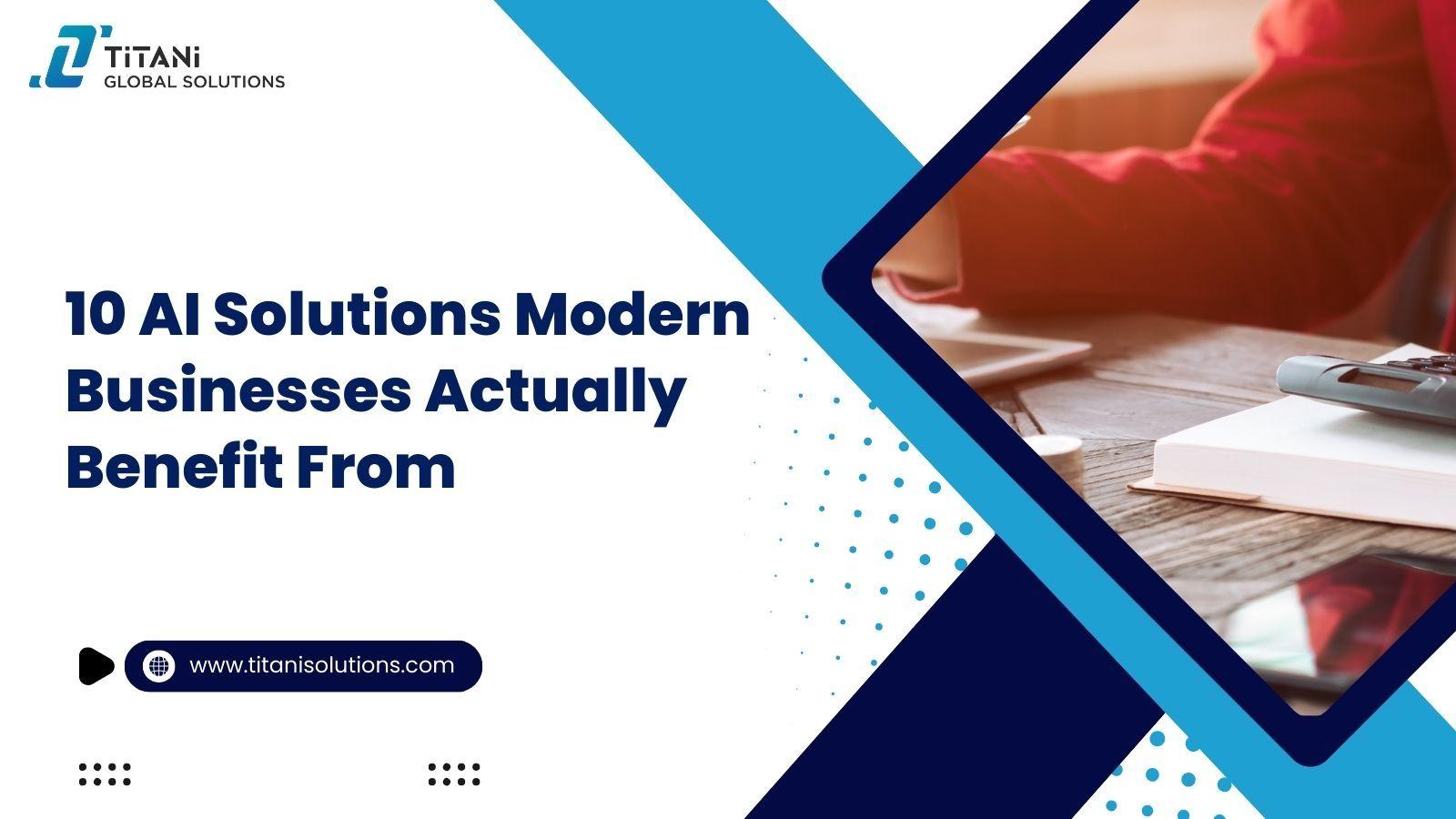Summary for Decision-Makers
In the UAE, many custom software projects stall because leaders underestimate the time it actually takes to move from idea to MVP. Delays, budget overruns, and misaligned expectations are common — and costly.
This guide outlines a realistic 9–14 week roadmap from discovery to go-live, demonstrating how UAE businesses can accelerate delivery by focusing on essentials, aligning stakeholders, and selecting the right partner.
For decision-makers, the takeaway is clear: an MVP isn’t about building everything at once — it’s about delivering core value fast, validating your concept, and setting the stage for scalable growth.

More and more UAE enterprises are turning to custom software to streamline operations, reduce manual work, and create smarter customer experiences. But here’s the catch: many jumps into development without a clear plan, only to face delays, budget overruns, or worse - a product that doesn’t solve the real problem.
This guide is built for business leaders in the UAE who are evaluating custom software development as a strategic investment. It will walk you through a realistic, proven timeline from your first idea to a working MVP (Minimum Viable Product) — helping you set the right expectations and avoid costly missteps.
You’ll learn:
How long does it take to move from concept to MVP in a custom software project
What factors can slow down your launch (and how to avoid them)
Why each stage matters, and the risks of skipping any
If you’re ready to move forward with custom software but aren’t sure where to start, this roadmap will give you clarity, confidence, and control over your project’s outcome.
What Is an MVP and Why It Matters in Custom Software Development for UAE Businesses
In custom software development, a Minimum Viable Product (MVP) is the leanest version of your software that delivers core value to users, fast. For UAE business leaders, especially in fast-moving sectors like logistics, B2B trade, or customer services, MVPs help you validate your idea without over-investing upfront.
Instead of spending months building a “perfect system,” an MVP focuses only on the essential features that solve your most pressing pain points. These might include:
Real-time shipment tracking
Automated reporting
Self-service client portals
According to Grand View Research, the global custom software development market is projected to grow at a CAGR of over 22% from 2023 to 2030, driven by the need for scalable, business-specific solutions.
This approach is particularly relevant in the UAE because:
Business conditions change rapidly. Your software must adapt just as quickly.
Delays can be costly. You risk inefficiencies, lost contracts, or missed KPIs.
Stakeholders expect visible progress. MVPs allow you to deliver results early and consistently.
Real-world scenario:
A mid-size logistics firm in Dubai used an MVP to replace spreadsheets and manual operations. Within just three months, they had a simple dashboard tracking all deliveries in real time.
5 Key Stages in Custom Software MVP Development for UAE Businesses
Launching an MVP is not about rushing. It is about knowing what matters most and staying focused. For UAE companies investing in custom software, understanding the full lifecycle from idea to go-live is essential. This clarity helps you stay in control, allocate resources wisely, and avoid costly detours.
Below is a realistic five-phase roadmap based on actual MVP projects we’ve delivered for clients in the UAE at Titani Global Solutions.
1. Discovery & Scoping (1–2 weeks)
This is where every successful project begins. It is also the stage where most delays come from if skipped or rushed.
Key tasks:
Align with internal stakeholders on goals and KPIs
Identify your core users and key workflows
Prioritize real problems worth solving
Deliverables: Business requirement document, prioritized features list, clear success criteria
2. Planning & UX Design (2–3 weeks)
This is where clarity protects you from scope creep and rework later.
Key tasks:
Create wireframes for key flows
Build simple user journeys and system mapping
Make UX decisions that reflect your users' behavior in the UAE context
Tip: Mobile-first mockups often help UAE teams approve designs faster.
3. Development & QA (4–6 weeks)
At this stage, development begins. You only build what is essential to launch. Agile sprints keep things accountable and flexible.
Key tasks:
Build only core features based on the scope
Run weekly demo reviews and progress check-ins
Start quality testing early and often
Deliverables: A working MVP with login, a usable workflow, and your first dashboard or report
4. UAT & Soft Launch (1–2 weeks)
User Acceptance Testing ensures your MVP actually performs as expected in real conditions.
Key tasks:
Let internal pilot users test real use cases
Fix final bugs and refine usability
Prepare documentation and train your staff if needed
5. Go-Live & Feedback Loop (1 week)
Your MVP is now live. But this is only the beginning. Now is the time to learn and improve.
Key tasks:
Collect feedback from real users in live environments
Identify what to enhance or build next
Start measuring ROI based on early adoption
Total estimated timeline: 9 to 14 weeks
Most MVPs built with the right process and clear ownership can go live in under 3 months.
Pro Tip for UAE Teams:
Fast internal decisions, weekly reviews, and early access to mockups can reduce your MVP timeline by up to 30 percent. Working with a development partner who understands the UAE market helps you avoid cultural friction, navigate compliance with ease, and improve long-term scalability.
Key Factors That Delay or Accelerate Custom Software MVP Development
Even with a solid idea and a capable team, your MVP timeline in custom software development is never fixed. It can shift depending on a few critical factors. Some help you move faster. Others cause avoidable delays.
For UAE companies, where timelines are often tied to contracts, investor milestones, or board-level KPIs, these delays can be costly. Managing them proactively protects both your momentum and your budget.
Here are the four biggest factors that influence your MVP delivery speed.
1. Unclear Requirements at the Start
When goals, user needs, or feature priorities are not aligned across stakeholders, the entire custom software project slows down.
What typically happens:
Endless back-and-forth on what should or should not be included
Changing scope mid-project causes budget increases and timeline extensions
Developers spend time building features that later get scrapped or revised
How to prevent this: Start with a proper scoping session. Align on outcomes before discussing features.
2. Slow Internal Feedback Loops
Speed is not just about the development team. It also depends on how quickly your internal team can give feedback and make decisions.
What slows you down:
UX mockups or sprint outputs sit for days waiting for sign-off
Key decision-makers are unavailable or disengaged during the build
QA and UAT feedback come too late to act on within the sprint
How to fix it: Assign one or two internal project champions. Give them the authority to review and approve weekly.
Need help setting up your process? Contact Titani’s team for a structured onboarding checklist.
3. Trying to Build Too Much Too Soon
This is where many MVP projects go off track. Teams try to include every idea from the start.
Common mistakes:
Losing focus by adding “nice-to-have” features
Expanding the scope after every meeting or a new request
Burning most of the budget before the product even launches
How to avoid it: Use the 80/20 rule. Focus on the 20 percent of features that solve 80 percent of the problem.
4. Choosing an Inexperienced Development Partner
Outsourcing only works if your partner understands your market and challenges. Some teams say yes to everything, even when it puts the project at risk.
Red flags to watch for:
Overpromising on unrealistic timelines
Lack of clear sprint reviews and communication
No understanding of UAE-specific needs like Arabic UX, local compliance, or stakeholder structures
What to look for instead: Choose a team with real experience delivering MVPs for the UAE market.
What Helps You Move Faster?
Here are the top accelerators for MVP success.
Tactic | Impact |
Well-defined scope from Day 1 | Saves up to two weeks |
Agile sprints with weekly demos | Keeps the entire team aligned |
Fast internal decision-making | Reduces idle time between tasks |
Partner with UAE market experience | Avoids cultural and compliance friction |
UAE Case Example – Custom Software MVP Launch in 10 Weeks
Custom software projects can feel abstract until you see them applied to a real business scenario. This case study shows how a mid-sized UAE logistics company used a custom software MVP to transform operations and did it in just 10 weeks.
The Company (Hypothetical Scenario)
A mid-sized Dubai-based logistics provider with 40+ employees across shipping, fulfilment, and warehousing. They rely on spreadsheets and WhatsApp for coordination, shipment tracking, and reporting. The manual workload leads to delays, miscommunication, and low operational visibility.
The Challenge
The company needs to:
Track all shipments and delivery statuses in one dashboard
Reduce time spent on coordination calls
Prepare for an upcoming enterprise contract that demands better operational control
They have limited in-house technical expertise and a three-month deadline to deploy a working solution.
The Solution: A Lean MVP Approach
Titani’s process for similar UAE clients focuses on developing an MVP that tackles the most urgent needs first. This approach ensures rapid delivery without overbuilding.
Possible MVP scope:
Central dashboard for live delivery tracking
Order input and dispatch management module
Mobile-friendly interface for warehouse and operations staff
Exportable performance reports for management
Instead of building a full enterprise logistics system, we focused on solving the top three bottlenecks. This approach helped the client avoid unnecessary features and kept development focused.
The Timeline

Every sprint included weekly reviews and feedback sessions. The client had a dedicated project contact on both sides to streamline communication.
The Results
Within the first 30 days of going live, the company reported:
A 22% reduction in internal coordination time
100% visibility across daily shipments and fulfilment
Shorter delivery windows due to clearer dispatching
Higher confidence from clients thanks to better reporting
Because the MVP was delivered on time and proved effective, the company immediately began planning Phase 2 — which included inventory control and predictive delivery planning.
How to Start Building Your Custom Software MVP Today
For UAE business leaders, knowing the custom software MVP timeline is just the first step. The real advantage comes from turning that knowledge into a clear, actionable plan. Here’s how to get started:
1. Define Your Core Objective
Decide on the single most important business outcome your MVP must deliver.
Ask yourself:
What problem will this MVP solve immediately?
How will I measure its success within the first three months?
Which features are absolutely essential for launch?
If you need help defining this, explore our guide: Checklist: Is Your Business Ready for Custom Software?
2. Engage Your Stakeholders Early
Bringing your key team members into the process early helps avoid delays later. Make sure to:
Align everyone on project goals and timelines
Assign decision-makers who can approve designs and features quickly
Set weekly review points to maintain momentum
3. Choose a Partner With UAE Experience
Working with a development partner who understands the UAE business landscape can save you weeks of trial and error. Look for a team that offers:
Proven MVP delivery processes
Knowledge of local compliance and market expectations
The ability to adapt quickly as your business needs evolve
Explore how Titani Global Solutions supports UAE companies from idea to launch.
Conclusion
Building an MVP is not just a development project. It is a business decision that can determine how quickly you achieve your goals and how efficiently you use your resources.
For UAE companies, the stakes are even higher. Delays can mean missed contracts, lower customer satisfaction, and unnecessary expenses. A clear, realistic roadmap for your custom software MVP will help you:
Stay in control from the first meeting to go-live
Keep your budget aligned with your priorities
Deliver results your stakeholders can see and measure
If you are ready to move from idea to MVP, the safest investment you can make is in clarity. A well-planned MVP will help you validate your concept, prove value to stakeholders, and lay a strong foundation for future growth.
Contact Titani Global Solutions to discuss your project, explore a tailored MVP timeline, and learn how we can help you launch with confidence in the UAE market.



